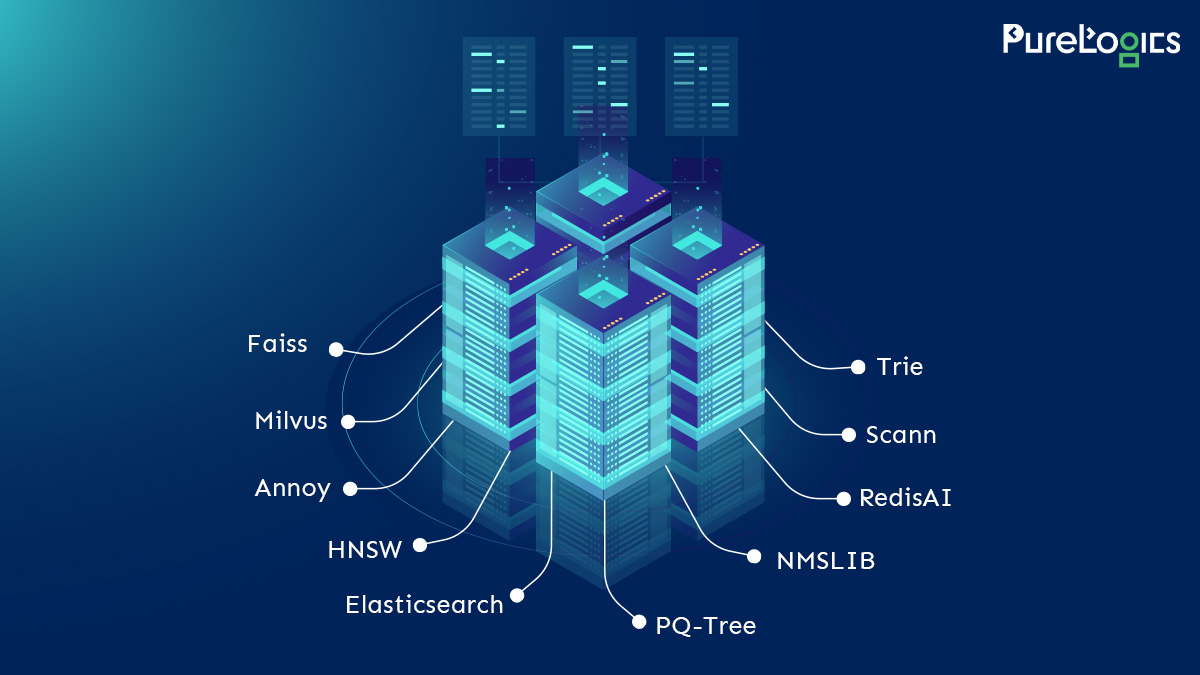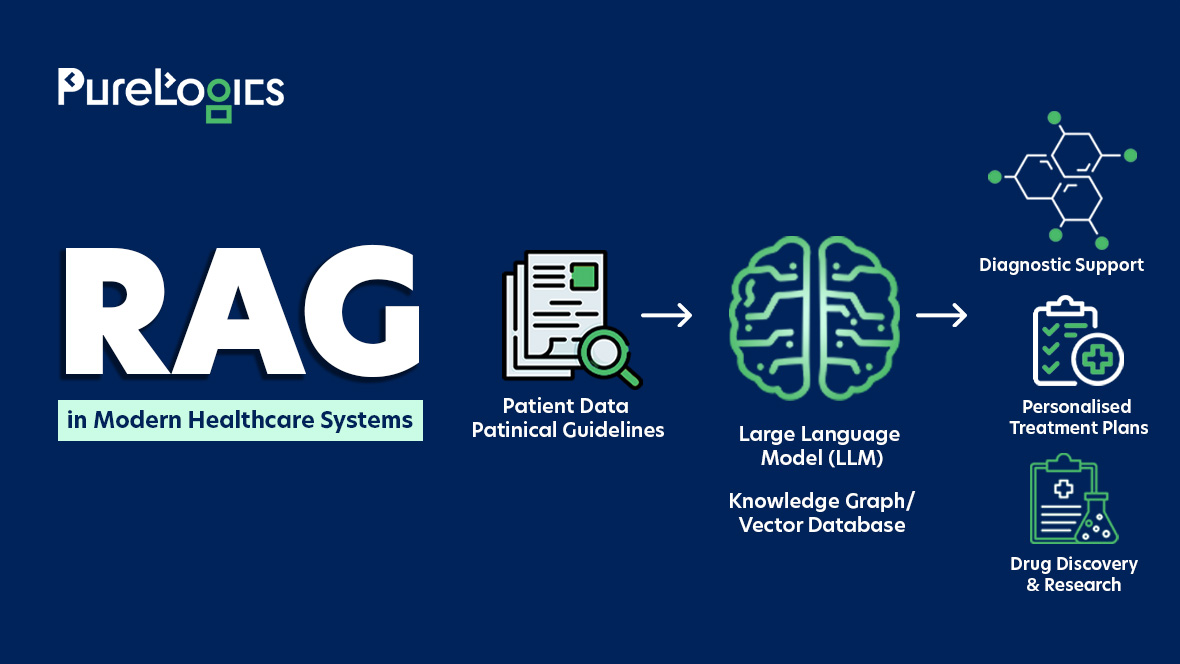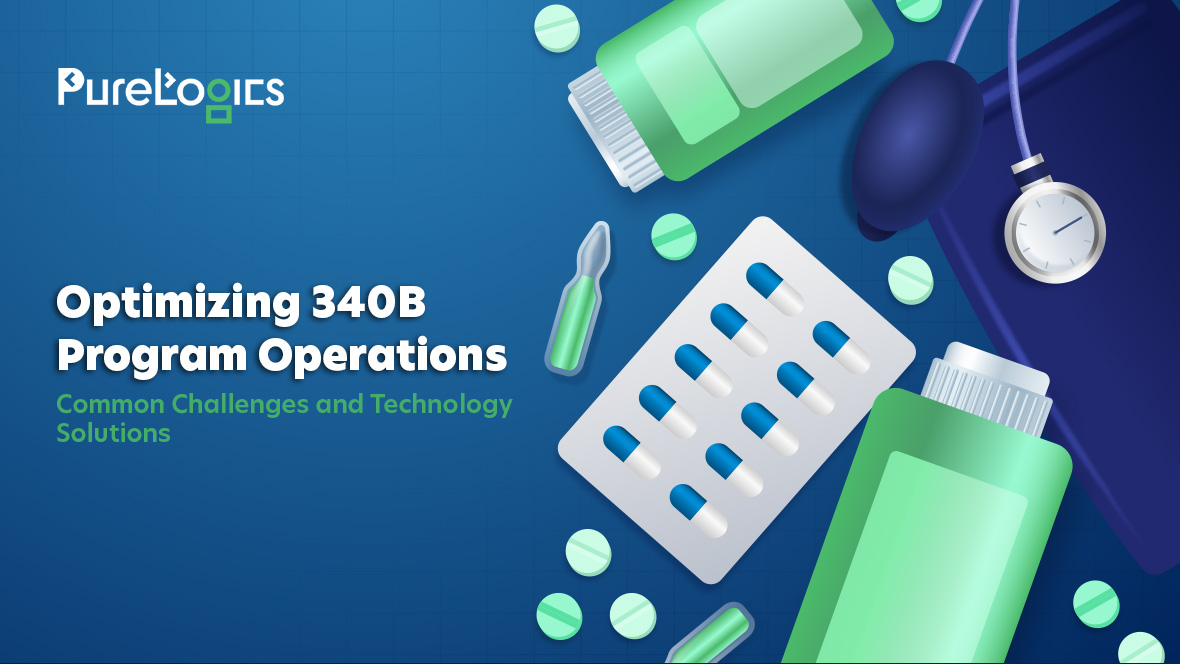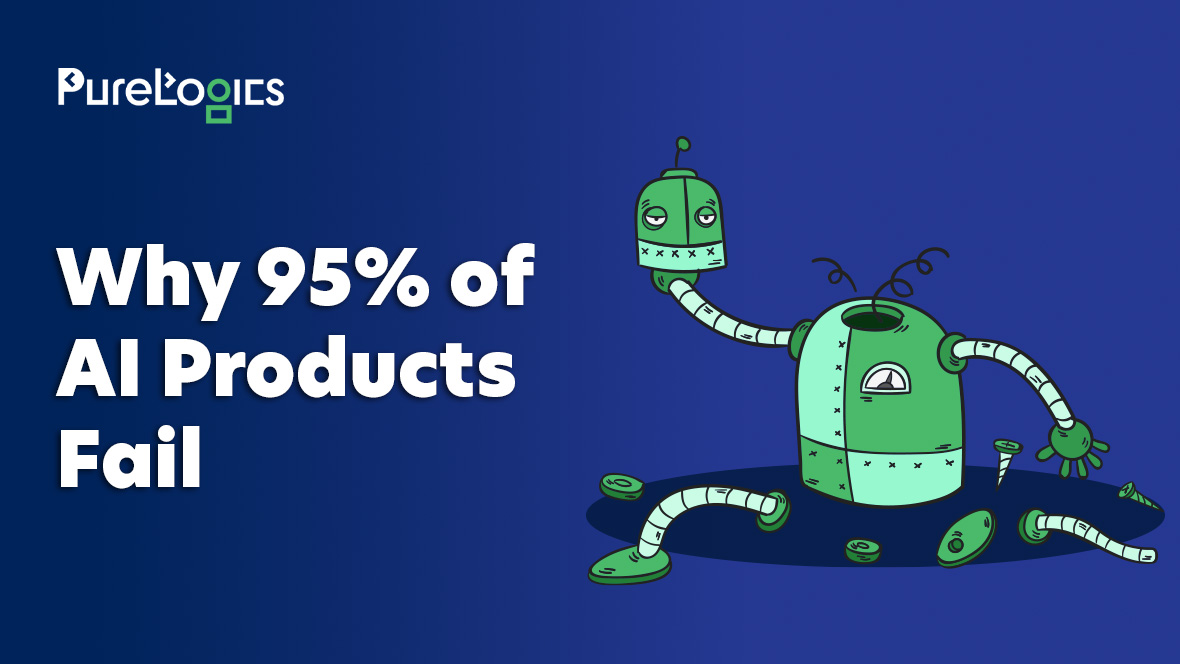These shocking numbers will surprise you for sure! The volume of digital data will reach a staggering 175 zettabytes by the mid of 2025.
The data in our digital universe is expanding at an unprecedented rate. How will industries manage their massive data? Do they have the required technology to use this massive volume of data to drive innovation?
The one single answer to all the above questions is – Vector Database.
It is a vector database that is revolutionizing Machine Learning (ML) and semantic search. It won’t be false to claim that it is a vector database that is helping AI and ML systems leverage massive amounts of data for practical insights.
In this blog post, we’ll explain vector databases in detail, discuss how vector databases work, talk about the benefits of vector databases, and bring the top 10 best vector databases under limelight that you can use for your AI projects.
But let’s start with the basics!
What is a Vector Database?
A vector database is a type of database that can store and manage vectors. A vector is a mathematical representation of specific features or attributes of an object. Each vector has multiple dimensions. Depending on the difficulty and granularity of the data, a vector ranges from tens to thousands.
These vectors play an essential role in AI and machine learning models. They serve as numerical representations of complicated data points like photos, text, audio, and so on.
Vector databases excel at dealing with large amounts of multidimensional data. Because of this, they are an important tool in applications such as content retrieval, anomaly detection, recommendation systems, etc.
How Vector Databases Work
Vector databases optimize the storage and retrieve similar objects from a query quickly because they have already pre-calculated them.
This concept is called Approximate Nearest Neighbor (ANN) search. It indexes and calculates similarities using algorithms and techniques.
One key concept in Vector Databases is vector embeddings. It’s a method of converting words, sentences, and other data into numerical representations of their meaning and relationships.
So, these embeddings enable transparent AI models to interpret the data to get useful information.
Benefits of Vector Databases
Vector Databases bring a host of benefits to the table that can increase performance and scalability of applications.

Speed and efficiency: Traditional databases don’t work efficiently for high-dimensional data. But vector databases are exceptionally good at dealing with high-dimensional data. Vector databases allow for quick query times and more efficient data processing.
Enhanced accuracy: These databases use vector embeddings and improve the performance of AI systems by providing accurate analysis, classifications, and recommendations.
User-friendly: Vector databases are extremely user-friendly. Even a non-technical person can operate it effectively.
Scalability: Vector Databases scale horizontally as data grows. It allows for larger datasets without disturbing the performance of AI models.
Complex relationships: These databases excel at detecting complex relationships within data points. It is a reason that these vector databases are highly used in applications such as fraud detection and image similarity search.
Budget-friendly: Vector databases need less software and hardware than traditional databases.
Real-time insights: Vector databases provide quick and smart insights. Businesses can use this real-time data to make safe and secure decisions.
Cross-domain applicability: You can use these vector databases in almost all industries, such as healthcare, e-commerce, finance, and more.
Top 10 Best Vector Databases for Your AI Project
Following ten vector databases are a cause of the AI revolution in the world. Let’s have a brief overview of these databases so that you can know which vector database is best for your AI project.
Faiss
Faiss is an open-source library and is great at indexing and searching high-dimensional vectors and similarity searches. It was developed by Facebook AI Research.
Key benefits: Provides smart similarity search, k-means clustering, and accelerates the training of AI models.
Milvus
Milvus is an open-source vector database that has gained huge popularity in the data science and AI & ML fields. This database is especially designed for AI applications and uses algorithms that boost up the semantic search process.
Key benefits: Cloud compatibility, scalable architecture, GPU acceleration. In e-commerce, it suggests products on the basis of user preference. It is also used in image and video analysis and question-answering systems.
Annoy
It is a C++ library with Python bindings for searching for the estimated nearest neighbor in multi-dimensional spaces.
Key benefits: It ensures quick search with minimal memory usage. It is the best vector database for applications that need fast retrieval of the same items.
HNSW
HSNW (Hierarchical Navigable Small World Graph) is an algorithm that allows for swift and smart similarity search.
Key benefits: Searches with high recall and less delays. In AI-driven systems, HNSW enables massive-scale information retrieval.
Elasticsearch
This vector database is a widely employed search and analytics engine. It is designed with amazing capabilities for vector similarity search.
Key benefits: Easy integration with existing Elasticsearch deployments. Moreover, it enhances text-based search and provides vector-based suggestions.
PQ-Tree
PQ-Tree is a novel index structure for high-quality similarity search in multiple-dimensional spaces.
Key benefits: It offers a low memory footprint and fast search performance. Suitable for areas with limited resources.
NMSLIB
Non-Metric Space Library (commonly known as NMSLIB) offers various indexing methods for effective similarity search.
Key benefits: NMSLIB supports both exact and approximate search techniques. Moreover, it is a versatile library that caters to multiple AI applications.
RedisAI
It is a Redis module that simplifies the setup of AI models with vector operations.
Key benefits: Seamless integration with Redis data structures is a great advantage of RedisAI you can acquire.
Scann
Scalable Nearest Neighbors is also known as Scann. It is particularly designed for efficient semantic search in high-dimensional spaces.
Key benefits: Scann uses both the CPU and GPU for better performance of AI models. It is a great option for AI models that require fast and closest neighbor retrieval.
Trie
This space-partitioning data structure is used in vector similarity searches.
Key benefits: It has a low query time and memory footprint as well. It is a great option for AI applications with intensive resources.
Tips to Select the Best Vector Database for Your AI Project
Following are some points you must consider when selecting the best vector database for your AI project.
Scalability: Choose the database that has the ability to handle larger volumes of data. Moreover, that database must be scalable when your data needs grow.

Query speed: Choose the database that provides quick responses to queries and guarantees a seamless user-experience.
Support for vector operations: Also make sure that your database completely supports the vector operations of the required AI models.
Indexing techniques: Check whether the indexing methods of a vector database work or not. It should ensure efficient retrieval of data.
Integration: The selected database should have the capability to integrate with the existing tech stack.
Easy-to-use: Almost all vector databases are user-friendly and easy to use, but do check this feature once you select the database.
Community with continuous support: The most important tip is that your selected vector database should have a proper community with 24/7 available support.
Crux of the Discussion
Now you can see how important data is in today’s digital world. AI and machine learning technologies are so powerful, they are also dependent on data. So, it is important that you select the right database for your AI application or software.
You can’t afford mistakes when your industry is Healthcare, finance, or e-commerce. One wrong decision can lose you all your money as well as the loyalty of your customers toward your business.
We have jotted down this list of the top 10 vector databases after lengthy research and experience. So, we invite you to explore our carefully selected list of databases and discover how our machine learning services can take your business to the heights of the Himalayas.
For more information or a consultation, feel free to contact PureLogics.


 [tta_listen_btn]
[tta_listen_btn]
 August 11 2023
August 11 2023






